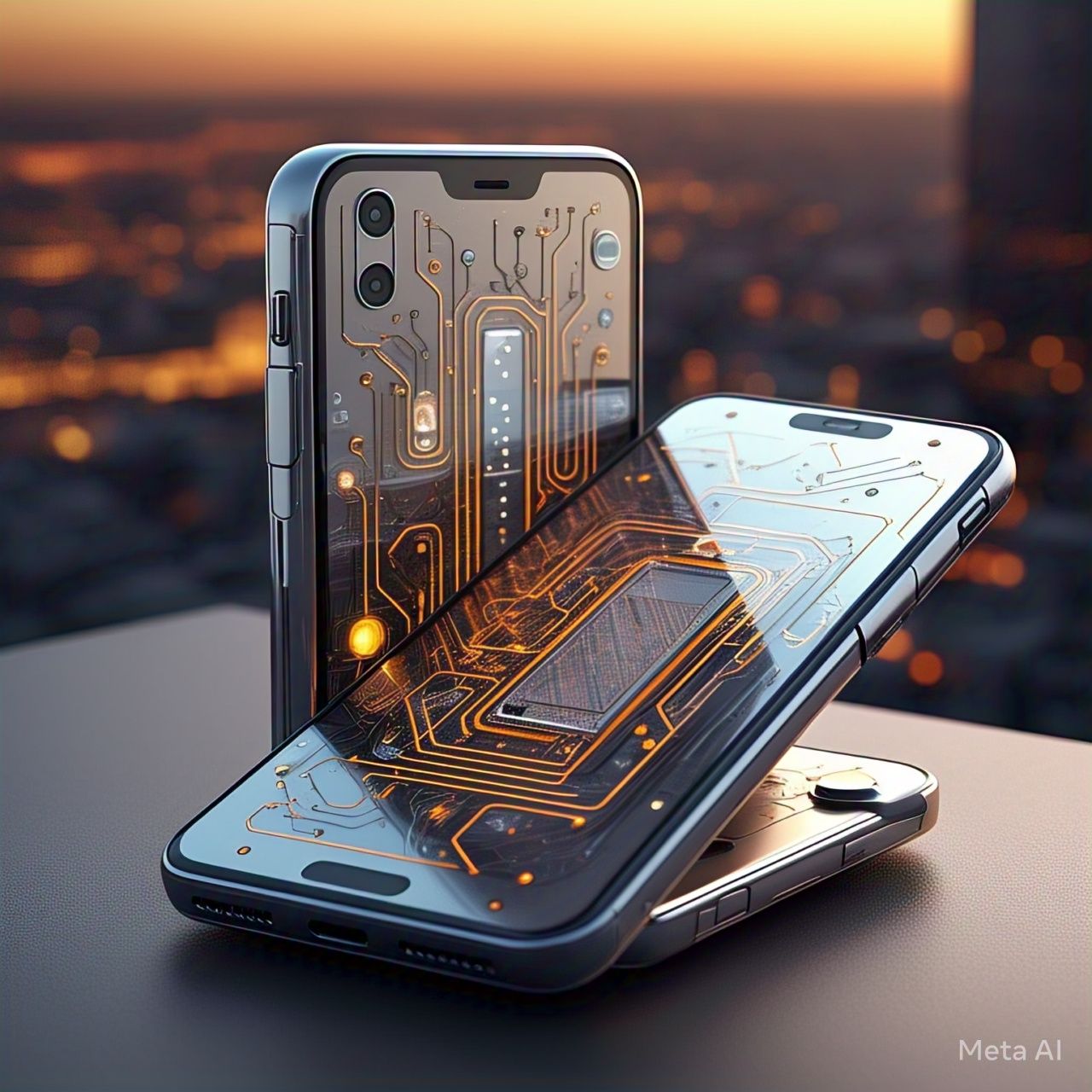Introduction
AI-powered mobile chips are at the heart of modern smartphones, enabling everything from faster processing and intelligent photography to real-time decision-making and enhanced security. But what exactly makes these chips so powerful? The answer lies in their intricate architecture, which integrates multiple specialized components designed to handle AI-driven tasks efficiently.
In this article, we’ll take a deep dive into the architecture of AI mobile chips, exploring the key components, their roles, and how they work together to deliver cutting-edge performance.
Key Components of AI Mobile Chips
1. Central Processing Unit (CPU): The Brain of the Chip
The CPU is responsible for executing general computing tasks and managing the overall operations of the device. While traditional CPUs handle many functions, modern AI chips optimize them by offloading AI-specific computations to specialized units like Neural Processing Units (NPUs) and Graphics Processing Units (GPUs).
2. Neural Processing Unit (NPU): The AI Accelerator
One of the defining features of AI mobile chips is the NPU, a specialized processor dedicated to accelerating machine learning and deep learning tasks. The NPU enhances real-time AI applications, such as:
- Facial recognition (for authentication and photography enhancements).
- Natural language processing (for smart assistants like Siri, Google Assistant, and Bixby).
- Computational photography (for intelligent image processing and low-light photography).
- Real-time translation (for on-device language interpretation without an internet connection).
3. Graphics Processing Unit (GPU): Enhancing AI and Graphics
Traditionally used for gaming and graphics rendering, the GPU has also become a key component in AI mobile chips. GPUs are highly efficient at handling parallel computations, making them ideal for AI-driven image processing, augmented reality (AR), and video enhancements.
4. Digital Signal Processor (DSP): Optimizing Audio and Image Processing
The DSP is designed for efficient processing of real-time signals such as audio, video, and sensor data. AI-powered mobile chips use DSPs to:
- Improve voice recognition and noise cancellation.
- Enhance video recording and playback quality.
- Optimize sensor data for fitness tracking and AR applications.
5. Image Signal Processor (ISP): Powering Computational Photography
The ISP plays a crucial role in smartphone photography by working alongside AI to:
- Enhance image quality with real-time scene recognition.
- Improve low-light photography through AI noise reduction.
- Enable advanced computational photography features like portrait mode and HDR.
6. Secure Enclave & AI-Driven Security Modules
Security is a top priority in AI mobile chips, and many include dedicated security processors to protect sensitive user data. These modules enable:
- On-device biometric authentication (fingerprint scanning and facial recognition).
- Encrypted data storage to safeguard passwords and personal information.
- AI-powered threat detection to identify and prevent cyberattacks.
7. Memory and Storage (RAM & NVM): Supporting AI Performance
AI tasks require fast and efficient memory management. AI mobile chips integrate:
- LPDDR5 RAM for quick data access and real-time AI processing.
- UFS 3.1/4.0 storage for faster read/write speeds, improving AI-driven tasks like app loading and video editing.
8. Power Management Unit (PMU): Balancing Performance and Battery Life
AI mobile chips optimize power consumption using advanced AI-driven power management systems, which:
- Dynamically adjust power usage based on workload.
- Improve battery efficiency for AI-intensive tasks like gaming and AR.
- Optimize background processes to extend overall device longevity.
How AI Mobile Chips Work Together
The true power of AI mobile chips comes from seamless integration between these components. By working in tandem, the CPU, NPU, GPU, and DSP ensure that AI-powered applications run efficiently, quickly, and with minimal power consumption.
For example:
- When capturing an image, the ISP processes the raw data, the NPU applies AI-driven enhancements, and the GPU renders the final output.
- During real-time voice recognition, the DSP cleans up background noise, the NPU processes the AI model, and the CPU manages the response from the voice assistant.
- For AI gaming, the GPU handles graphics, the NPU optimizes AI-driven interactions, and the PMU ensures battery efficiency.
The Future of AI Mobile Chip Architecture
As AI technology advances, mobile chips will continue to evolve with features such as:
- More powerful NPUs capable of handling even larger AI models on-device.
- AI-optimized 5G modems for ultra-fast real-time processing and cloud AI integration.
- Next-gen computational photography with improved AI-based scene detection and enhancement.
- Enhanced security measures using quantum encryption and AI-driven cybersecurity solutions.
Conclusion
AI mobile chips are revolutionizing the way smartphones process information, enabling faster, smarter, and more efficient decision-making. Their intricate architecture, which includes CPUs, NPUs, GPUs, ISPs, and security modules, allows devices to execute AI-driven tasks in real-time while maintaining energy efficiency and high performance.
As mobile AI continues to progress, we can expect even greater advancements in photography, gaming, security, and overall smartphone intelligence—making the future of mobile computing more powerful than ever before.




